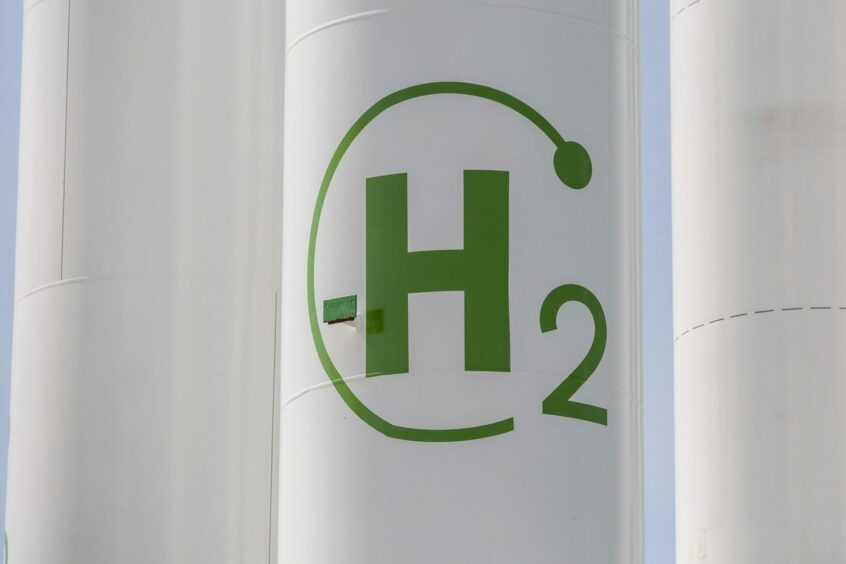
French energy major TotalEnergies and Indian billionaire Gautam Adani’s conglomerate are partnering to fund billions of dollars worth of green hydrogen development in India as the world’s third-largest polluter seeks to decarbonise.
As part of the deal, TotalEnergies will buy a 25% stake in Adani New Industries for an undisclosed sum, according to an exchange filing from Adani Enterprises on Tuesday. Adani New Industries is a closely-held company of Adani Enterprises, the flagship firm for the coal-to-ports conglomerate. Adani Enterprises’s shares rose 5.6% in Mumbai, pushing this year’s jump to 28.5%.
The first project to produce green hydrogen and related products will cost around $5 billion, TotalEnergies said. Longer term, Adani New Industries’ “ambition” is to invest more than $50 billion over the next 10 years in green hydrogen and its ecosystem, its filing said, as part of the group’s broader plan to boost its presence in the green-energy value chain. The purchase would be yet another shot in the arm for Adani, who has been seeking global investors to bolster his green energy ambitions.
India’s Goals
Green hydrogen projects will also help India slash its reliance on oil and coal as it chases the target of being net-zero carbon by 2070.
“To meet India’s energy transition goals, we need big money and technology to come into the green hydrogen sector to drive down the costs,” said Debasish Mishra, a Mumbai-based partner at Deloitte Touche Tohmatsu. “India can’t think of a decarbonisation roadmap without green hydrogen.”
TotalEnergies is boosting clean-energy output while reining in oil-product sales as shareholders demand greater efforts to fight climate change. It has previously teamed up with Adani to invest in natural gas and renewables in India, where the government this year unveiled plans — and incentives — for massive hydrogen growth. In 2019, Total bought a 37.4% stake in Adani Gas — now called Adani Total Gas — and last year spent $2.5 billion acquiring 20% of Adani Green Energy and a 50% stake in a portfolio of solar assets.
Green hydrogen, produced from water and renewable power, is forecast for rapid growth this decade, and global output could jump as much as 18-fold to about 11.6 million tons a year by 2030 with strong policy support, according to BloombergNEF.
Potential Path
It also offers a potential path to decarbonise heavy industries such as steelmaking, cement production and fertilisers. While the fuel is still a long way from being commercially viable, India targets production of 5 million tons by the end of the decade.
Adani New Industries will start by investing around $5 billion to build 2 gigawatts of hydrogen-producing electrolyzers powered by a 4-gigawatts solar and wind farm to make urea to displace imports of the fertilizer, Total said in a press release. The venture eventually plans to target 1 million tons of green hydrogen production a year by 2030, underpinned by 30 gigawatts of clean power capacity.
Other major producers could include Australian billionaire Andrew Forrest’s Fortescue Future Industries, which is aiming for initial output of 15 million tons a year of green hydrogen by 2030 from a network of global projects. Vestas Wind Systems A/S, InterContinental Energy and other partners are aiming to produce about 1.8 million tons of the fuel a year and to begin exports as soon as 2027 from the Asian Renewable Energy Hub in Western Australia.
Recommended for you
